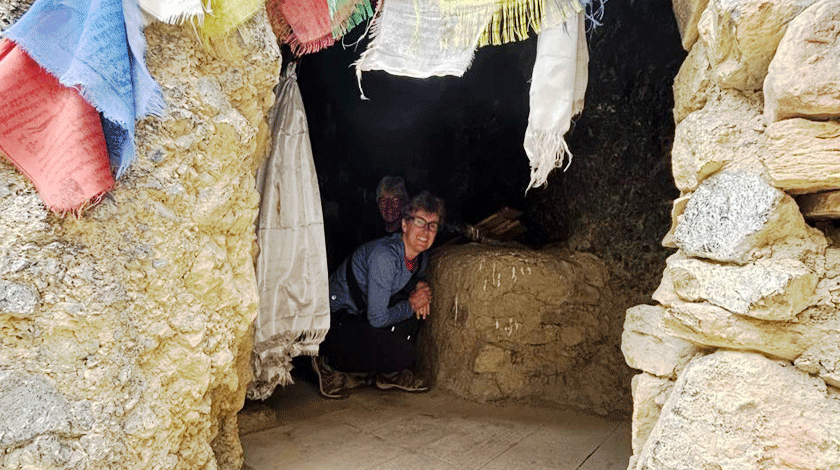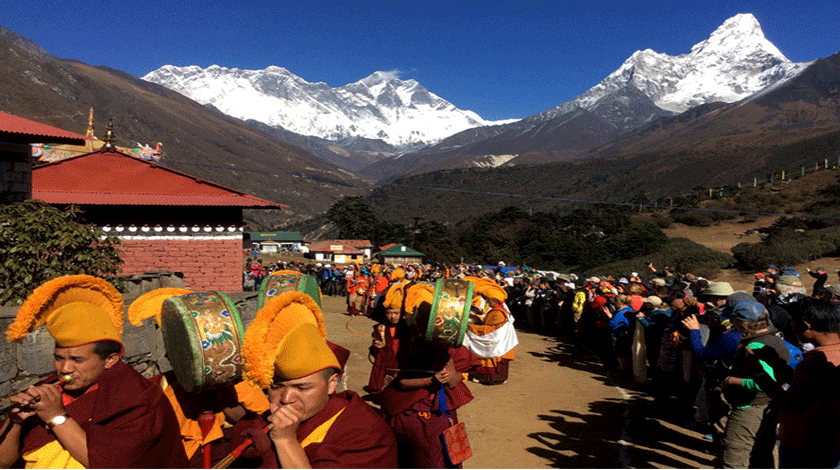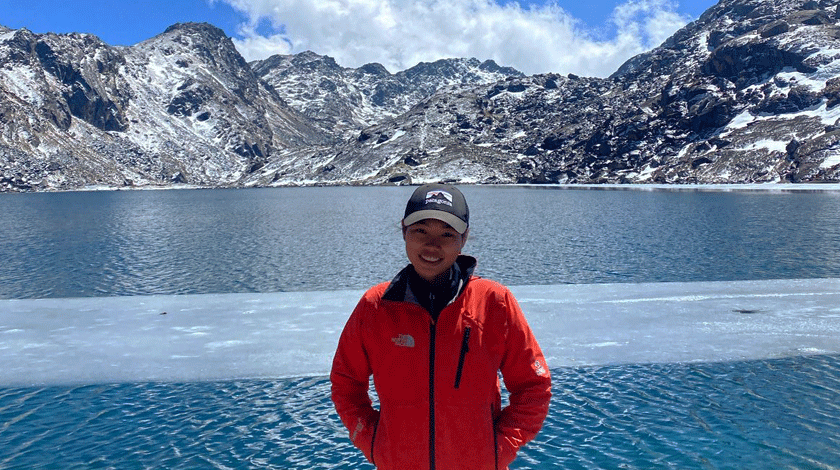Sleeping Beauty

The Sleeping Beauty of Mount Everest
The harsh realm of the Himalayas, where oxygen grows thin and temperatures plummet far below zero, lies a haunting reminder of the mountain’s unforgiving nature. Francys Arsentiev, known as “Sleeping Beauty,” rests eternally on Mount Everest’s northeast ridge, her story serving as both a testament to human determination and a somber warning to those who dare challenge the world’s highest peak.
The Dream of Everest
Francys Arsentiev wasn’t just another ambitious climber; she was a woman with a specific dream: to become the first American woman to reach Everest’s summit without supplemental oxygen. An experienced mountaineer from Telluride, Colorado, she had already conquered several challenging peaks worldwide. Together with her husband Sergei, an experienced Russian climber, they planned their assault on Everest in May 1998.
The couple’s preparation was meticulous. They had spent years training, understanding that climbing without oxygen would push their bodies to absolute limits. At 8,848 meters (29,029 feet), Mount Everest’s summit lies in the “death zone,” where the air contains only one-third of the oxygen found at sea level. Every movement becomes a struggle, and the simplest decisions can mean the difference between life and death.
The Fateful Climb
On May 22, 1998, Francys and Sergei began their final push toward the summit from Camp IV. The weather seemed favorable, but on Everest, conditions can change in minutes. The couple made slow but steady progress, their bodies fighting against the extreme altitude and bitter cold. As they climbed higher, the temperature dropped to minus 30 degrees Celsius, and fierce winds whipped across the exposed ridge.
Against all odds, they reached the summit late in the afternoon. Francys had achieved her dream, becoming the first American woman to reach the top without supplemental oxygen. However, their triumph would be short-lived. The late summit time meant they would have to descend in darkness, a dangerous proposition even for the most experienced climbers.
The Descent into Tragedy
As night fell, the couple became separated in the darkness and deteriorating weather. Sergei, realizing Francys was no longer behind him, made the desperate decision to descend to their high camp to get oxygen and help. When he returned to search for her, he fell to his death in the darkness, his body later found at the base of a steep wall.
Francys, meanwhile, had collapsed on the northeast ridge, approximately 8,300 meters above sea level. The next morning, several climbing teams found her still alive but in a severely hypothermic state. She was semi-conscious, her climbing suit covered in frost, her face damaged by the extreme cold. Despite their desire to help, the climbers faced an impossible decision. At that altitude, carrying an incapacitated person would likely result in the deaths of both rescuers and victims.
The Birth of a Legend
For two days, passing climbers witnessed Francys slowly slipping away. Her last known words, reported by a British climbing team, were, “Don’t leave me.” But in the death zone of Everest, where every breath is a struggle and the simplest movement requires enormous effort, rescue was impossible. Francys passed away on May 24, 1998, her body preserved by the extreme cold.
The location and preservation of her body led other climbers to give her the name “Sleeping Beauty.” Unlike many who perished on Everest, Francys appeared peaceful, as if in eternal slumber on her snowy bed. Her blonde hair and climbing gear remained visible for years, a stark reminder to passing climbers of the mountain’s dangers.
Legacy and Impact
The story of Sleeping beauty sparked important discussions in the climbing community about ethics, rescue protocols, and the true cost of pursuing extreme adventures. Her death highlighted the brutal reality that on Everest, the line between triumph and tragedy is razor-thin, and even the most prepared climbers can fall victim to the mountain’s cruel indifference.
Francys’ body remained on the mountain for several years, becoming a somber reminder of the risks associated with climbing Everest. Known as the “Sleeping Beauty,” her frozen figure lay on the mountainside until 2007, when mountaineer Ian Woodall led an expedition to respectfully move her remains from public view.
In 2007, a team of climbers, including Woodall, who had witnessed her final days, returned to the mountain on a mission they called “The Tao of Everest.” They located Francys’s body and, in a touching gesture of respect, managed to move it away from the climbing route, covering it with an American flag. They also left a note from her son, providing a degree of closure to a story that had haunted the mountaineering community for years.
A Continuing Cautionary Tale
Today, the legend of Sleeping Beauty serves as a powerful reminder to all who attempt Everest. Her story is shared in climbing camps and mountain lodges, a cautionary tale about the fine line between ambition and safety, between pushing limits and accepting them. The mountain continues to claim lives each year, but few stories resonate as deeply as that of Francys Arsentiev.
Modern climbing techniques and technology have made Everest more accessible than ever, yet the fundamental dangers remain unchanged. The death zone shows no mercy, and the margin for error is non-existent. Sleeping beauty story reminds us that even when we achieve our dreams, the mountain always has the final say.
Her story highlights the fine line between triumph and tragedy in extreme mountaineering. It also serves as a cautionary tale about the dangers of high-altitude climbs, particularly without supplemental oxygen.
Remembering Sleeping Beauty
While Francys Arsentiev’s physical presence may remain on Everest, her spirit lives in the hearts and minds of the mountaineering community. Her determination to climb without supplemental oxygen, while ultimately contributing to her death, demonstrated the extraordinary lengths humans will go to push their limits and achieve their dreams.
The nickname “Sleeping Beauty” captures both the tragedy and the strange beauty of her story. Like the fairy tale character, she rests in eternal slumber, but unlike the fairy tale, there would be no prince’s kiss to wake her. Instead, she became part of the mountain she loved, a permanent reminder of both human capability and fragility.
A Reflection on Human Nature
The story of the Sleeping Beauty of Mount Everest is more than just a mountaineering tragedy; it’s a reflection of human nature itself. It speaks to our endless desire to push boundaries, to achieve what seems impossible, and sometimes, to risk everything in pursuit of our dreams. It raises questions about the price we’re willing to pay for achievement and the thin line between courage and recklessness.
In the end, Sleeping beauty achieved her dream of reaching Everest’s summit without oxygen, but at the ultimate cost. Her story continues to echo through the years, carried down the mountain by each new generation of climbers who pass her final resting place. Sleeping beauty remains there, forever part of Everest’s legend, a sleeping beauty in the world’s highest graveyard, her story a testament to both the triumph and tragedy of human ambition.










